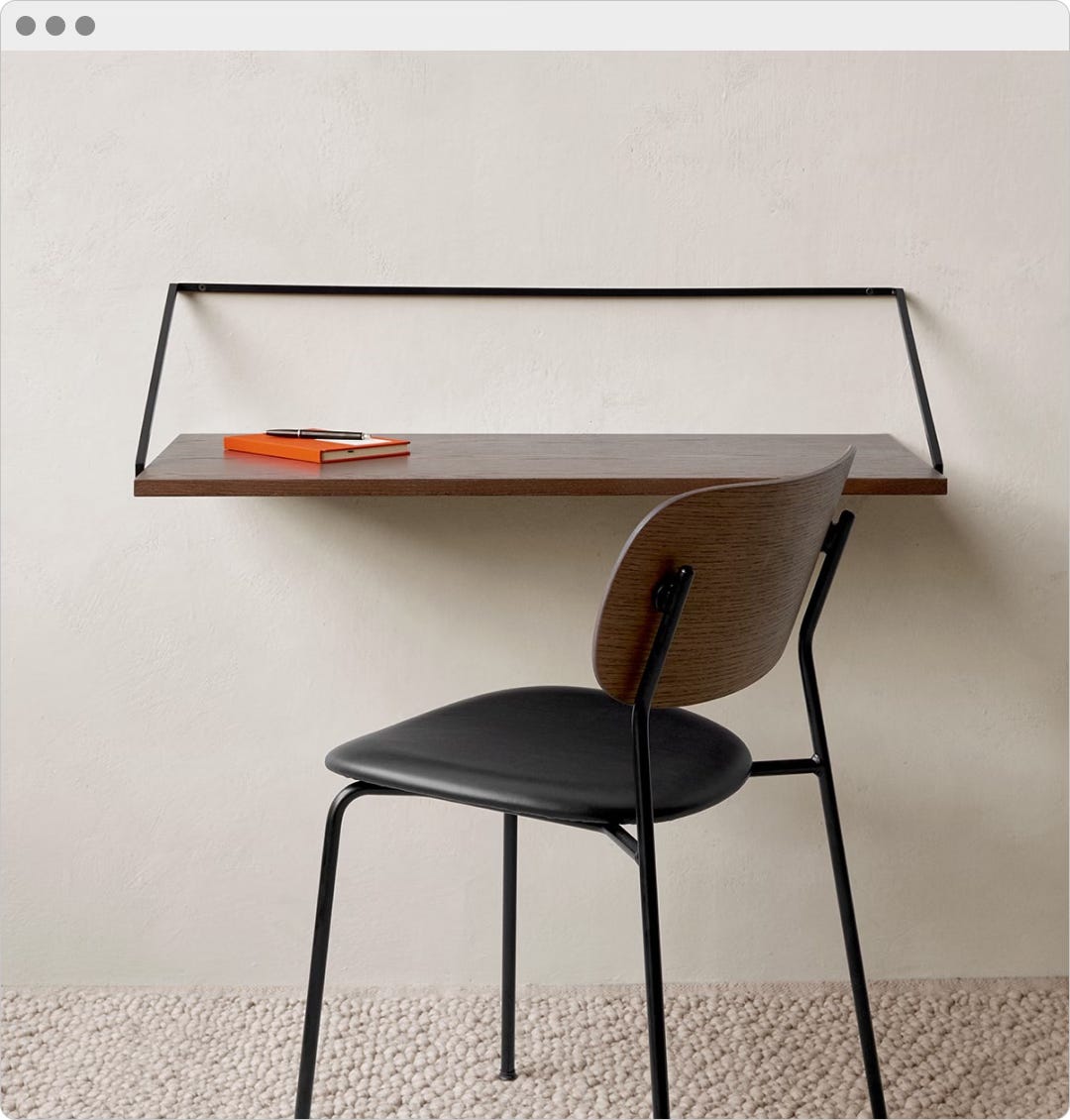009: Minimalism before the word (or what the silence made)
Reflections on a quiet room
When I visit museums—The Met in New York, most often—I find myself lingering in the reconstructed living rooms and studies, bedrooms and music salons of centuries past. I stand at the threshold of these quiet stage sets, velvet-roped and dimly lit, and try to imagine the hours that once filled them. Not just the grand gestures of salon evenings and symphonic rehearsals, but the long silences in between: the writing of letters, the tuning of instruments, the simple act of thinking. These were spaces shaped for fewer distractions and deeper focus. The walls were often bare, the tools few, the pace of life slower. And yet, it was within these uncluttered rooms that so much of what we now call genius took root such as books, music, philosophies that remain unsurpassed not because they were perfect, but because they were so thoroughly lived in.
Even in the most ornate interiors, when the eye adjusts beyond brocade and mahogany, what emerges is space rather than opulence. The room is not crowded with statement; instead, it’s shaped by function. The furniture serves. The walls recede. And in the quiet arrangement of things, intention becomes visible.
It’s easy to mistake minimalism for a modern invention—as a quiet hum of restraint. But that’s merely its silhouette. Long before less is more became a marketing mantra, it was a mode of living, carried out by those who had no name for it and no one to impress—only a quiet commitment to clarity, devotion, and enough.
In the past, the material, technological, and temporal constraints of life were not always romantic. They could be brutal. But they also created a kind of enforced attentiveness. If you had only one pen and one candle, you used both wisely. If your home lacked distractions, it did not mean your mind was quiet, but that it had fewer places to scatter. Out of such constraint, forms of expression emerged that still shape our cultural imagination. Bach composed intricate symphonies with instruments we now call limited. Jane Austen edited by hand and by candlelight. Simplicity was not a choice but a given—and that givenness made space for a different kind of interiority.
What did people expect of life, really, when the world outside their windows changed only with the seasons? When the measure of a day wasn’t how much one accomplished, but how one moved through it—whether with grace or attention, or a bit of both? I think often about those whose names we now revere and wonder if they considered themselves successful in the moment. Or if, like us, they struggled to understand whether their days were building toward something. Perhaps the difference is that they accepted the ambiguity more readily. Life, for them, wasn’t always an upward trajectory. It was a set of repeated gestures, a cadence of return: to the desk, to the manuscript, to the same narrow footpath.
By contrast, today we have to opt into simplicity. We must fight for it. We declutter our homes only to fill our browsers with open tabs. We meditate for ten minutes in the morning and spend the rest of the day outrunning ourselves. The tension is not just between clutter and space, but between speed and depth, novelty and meaning.

